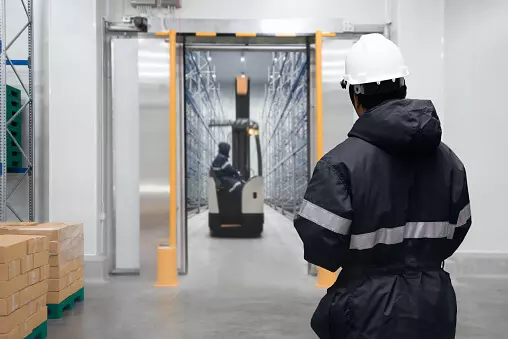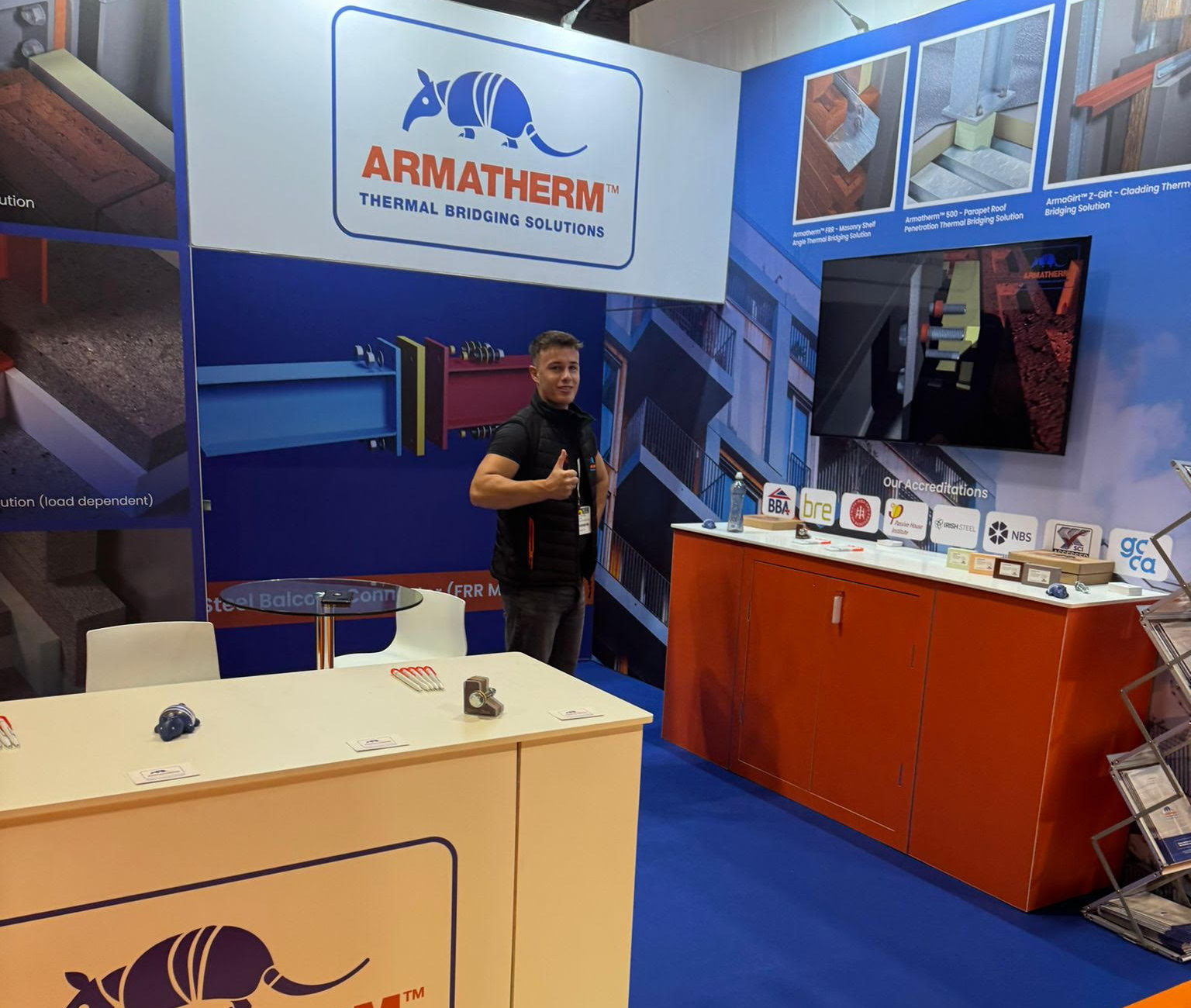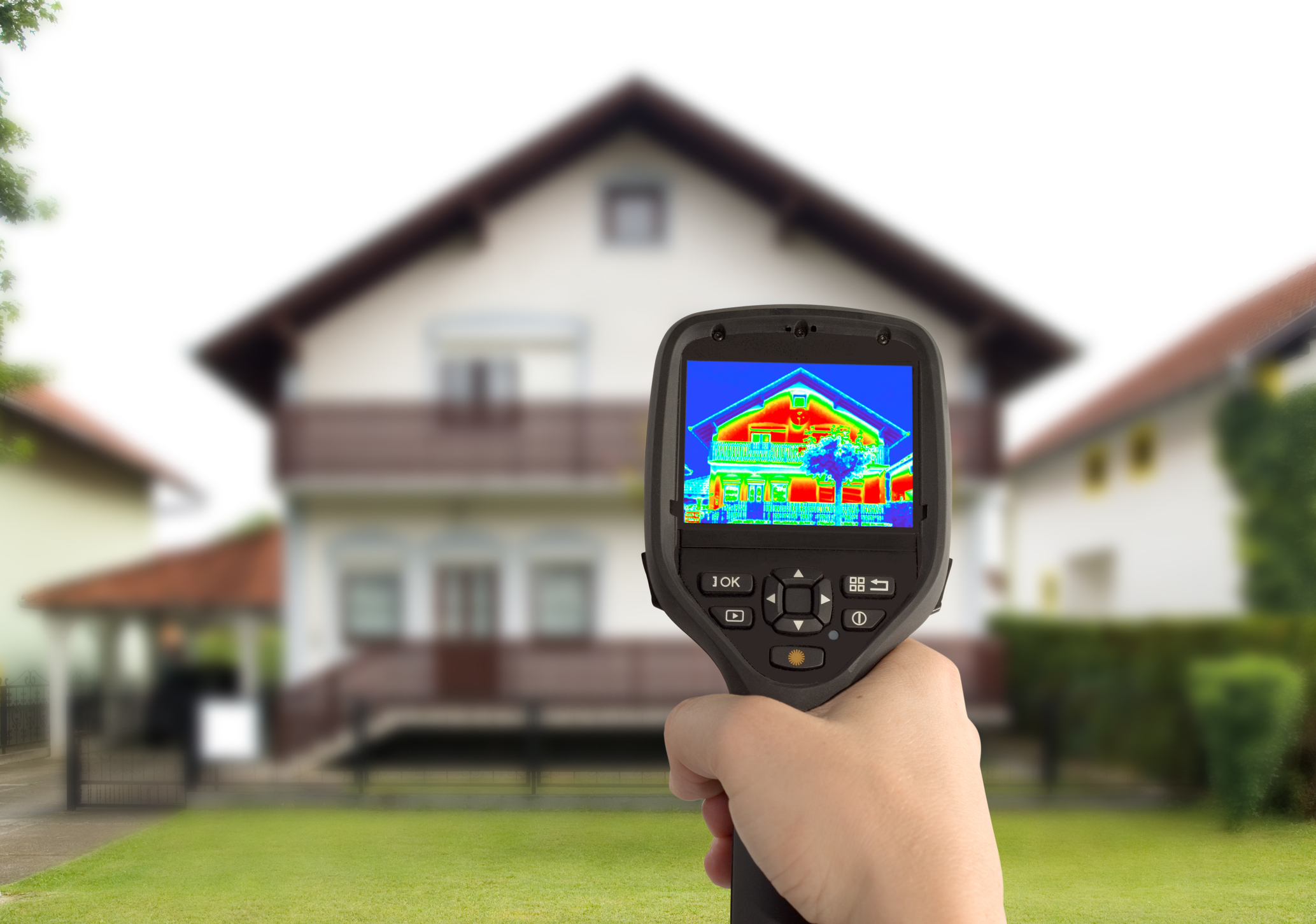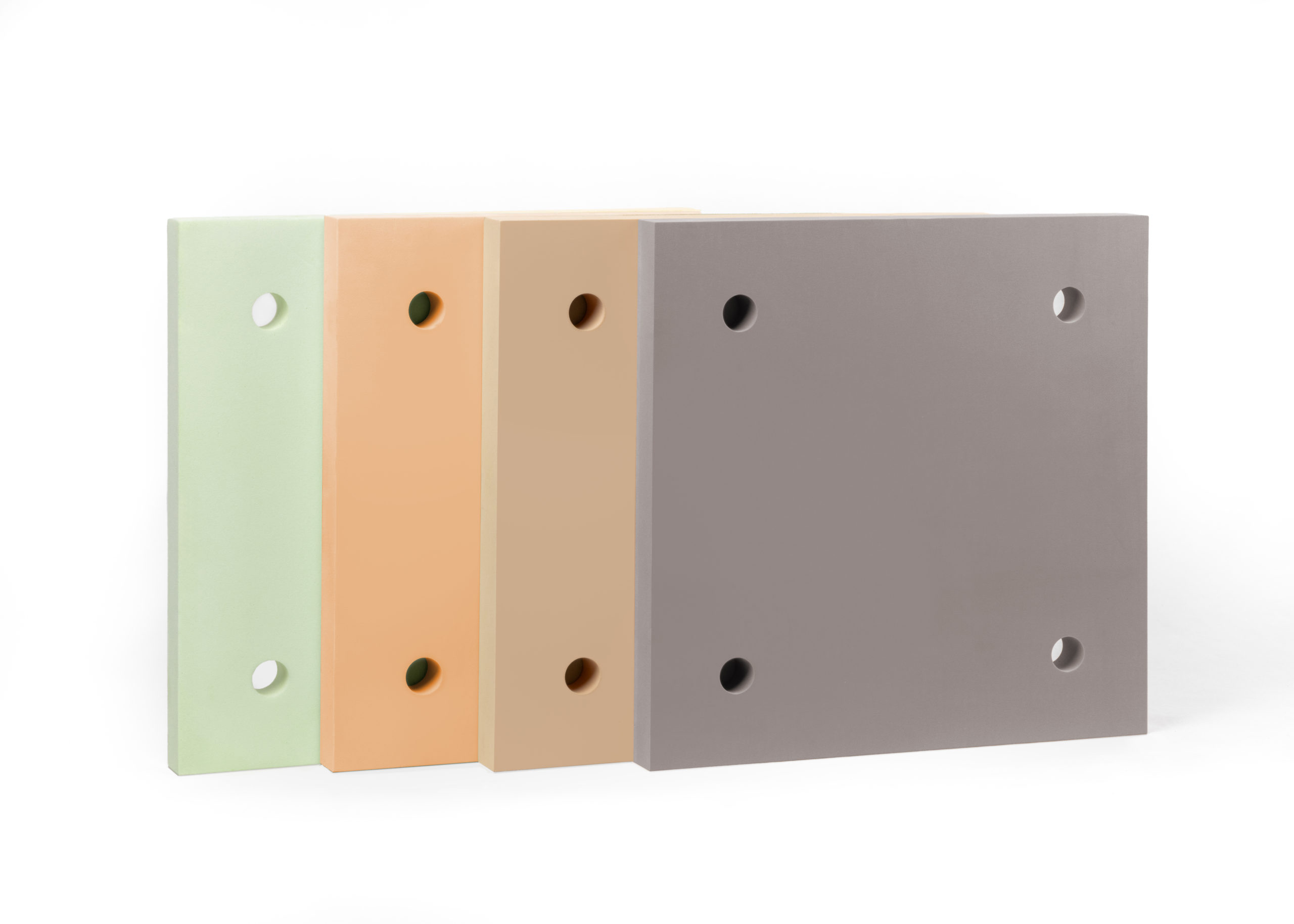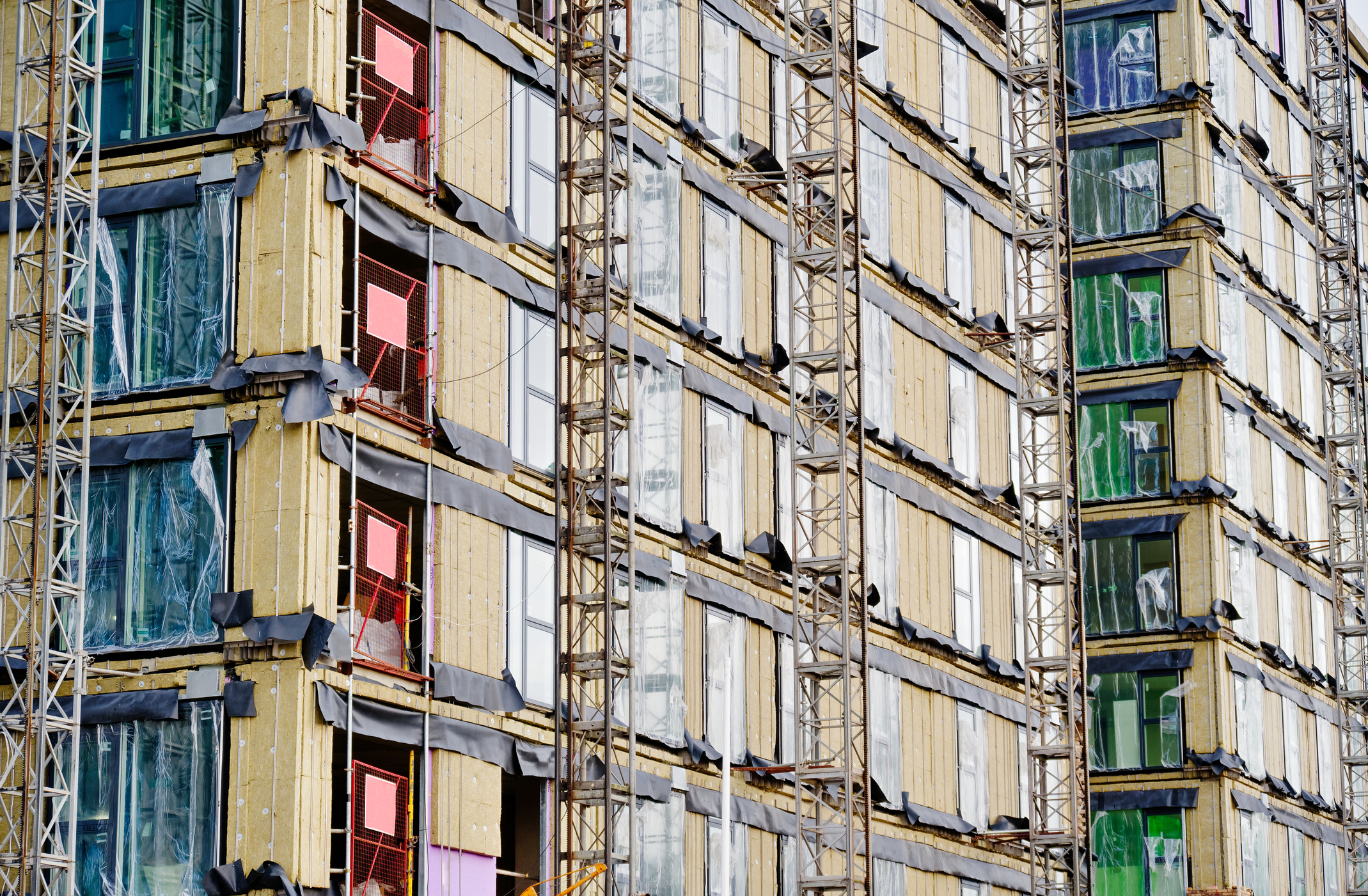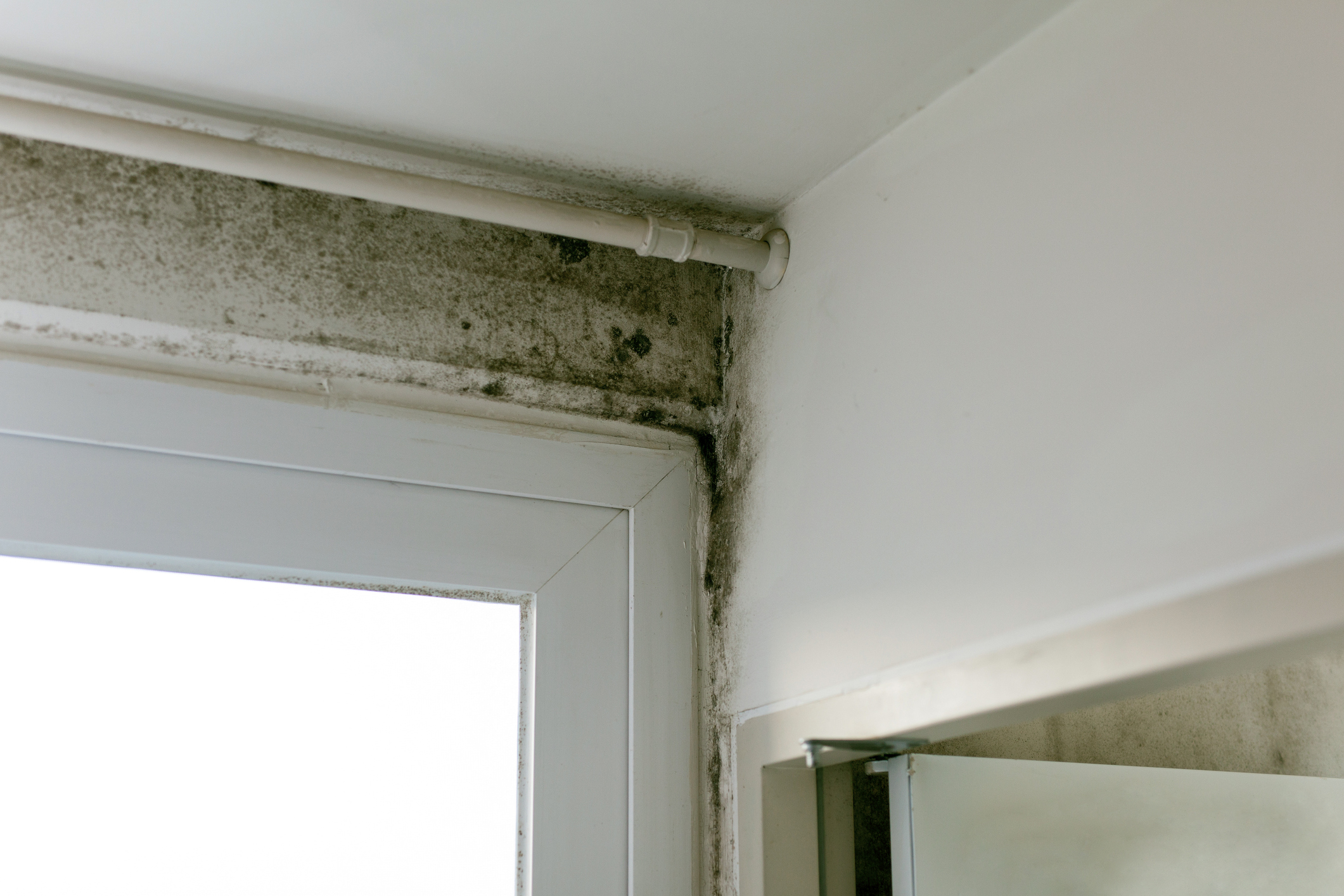
Why Are Cold Storage Facilities Important?
Cold storage facilities are an essential part of everyday life for most people, without even realising. From pharmaceuticals to food products and beyond, cold storage is often overlooked, but most of us will use something everyday that has been stored in a cold storage unit.
What Are the Challenges in Maintaining Cold Storage Temperatures?
To maintain the essential low temperatures, often below freezing, there’s significant costs associated, alongside high carbon footprints for businesses. In attempts to minimise these, new and innovative methods and materials are constantly being developed to improve the efficiency of the building envelope. Essentially, if the low temperatures within these facilities can be isolated more effectively and accurately, less energy will be required to maintain the interior temperature as fluctuations won’t occur as easily.

How Can Thermal Breaks Prevent Energy Loss in Cold Storage?
To effectively combat these bridges, thermal breaks can be specified at key locations where bridges appear. Depending on the application or weight bearing capabilities, the material will differ, and there’s a full range Armatherm offers to ensure a building is as efficient as possible.
For example, in a project completed by Armatherm for Aldi’s distribution centre in Cardiff , the team was tasked with specifying structural thermal break solutions to ensure the temperature of the cold store room wasn’t compromised.

Why Is Timber Not a Reliable Thermal Break Material?
A solution was required that ensured the building columns did not bridge the slab insulation but still supported the load.
To improve the longevity of the building, Aldi had dismissed the use of hardwoods such as Iroko timber – which has historically been used as thermal breaks within column isolation projects as they’re capable of high-load requirements, however they absorb moisture over time. With a risk of the wood rotting and the thermal insulation reduced by the timber absorbing water and becoming damp, timber is not a reliable solution for thermal bridging.
What Are the Benefits of Armatherm’s Closed-Cell Polymer?
The alternative provided by Armatherm doesn’t harbour these drawbacks. The closed-cell polymer properties of the material will not wick moisture, allowing insulation performance to be maintained for the life of the building.


